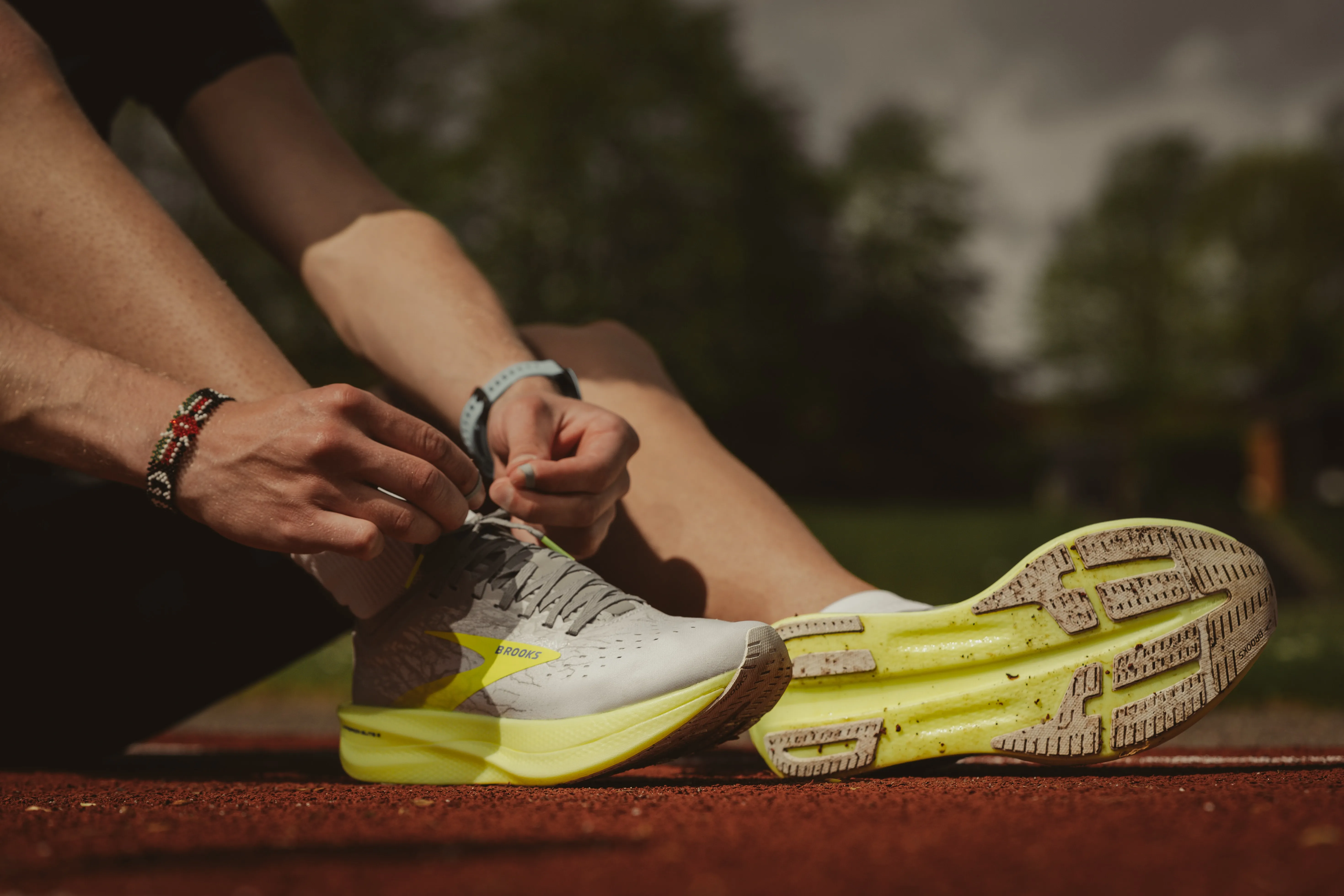
Understanding the Achilles Tendon
The Achilles tendon is a large, tough band of fibrous tissue at the back of your ankle that connects your calf muscles to your heel bone. It’s responsible for the plantar flexion of your foot - essentially, it’s what allows you to push off the ground when you walk, run, or jump.
What is Achilles Tendonitis?
Achilles Tendonitis is an overuse injury of the Achilles tendon. Overuse can cause the tendon to become inflamed, which in turn can lead to pain, swelling, and even limited mobility. It’s particularly common among runners and other athletes who do a lot of running or jumping.

Causes of Achilles Tendonitis
Achilles Tendonitis is typically the result of overusing the tendon, typically from running or another repetitive activity. This can occur from a sudden increase in intensity or duration of your workouts, or from not giving your body enough time to rest and recover between workouts. Other contributing factors include:
- Wearing worn-out shoes
- Running on hard or uneven surfaces
- Having a bone spur, which is an extra bone growth at the back of your heel that can rub on the tendon
In some cases, poor training techniques, lack of flexibility in your calf muscles, or structural characteristics like overpronation or flat feet can also contribute to the development of Achilles tendonitis.
Symptoms of Achilles Tendonitis
If you have Achilles tendonitis, you might notice the following signs:
- Discomfort or swelling in the back of your heel
- Difficulty flexing your foot or pointing your toes
- Pain during and after activity
- A stiff, sore Achilles tendon when you first wake up

Preventing Achilles Tendonitis
A healthy Achilles tendon is crucial for runners and other athletes. To prevent Achilles tendonitis, you should:
- Gradually increase your activity level. Don’t suddenly up the intensity or duration of your workouts.
- Include stretching exercises in your routine to improve flexibility and strength.
- Replace your running shoes regularly to ensure you always have sufficient support.
- Mix up your training routine to avoid putting continual stress on your Achilles tendon.
Treatment for Achilles Tendonitis
If you feel consistent pain around your Achilles tendon, it’s important to see a physical therapist or orthopedist who specializes in sports injuries. Treatment for Achilles tendonitis involves a mix of rest, physical therapy, and anti-inflammatory medications to reduce pain and swelling. In severe cases, surgery might be necessary.
Remember, preventing injuries is always better than treating them. Listen to your body, and don’t push yourself too hard, too soon.
Stay safe and keep running!





